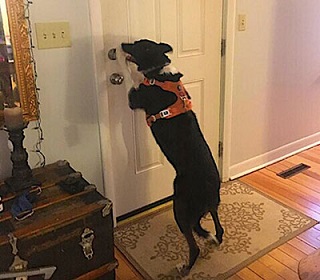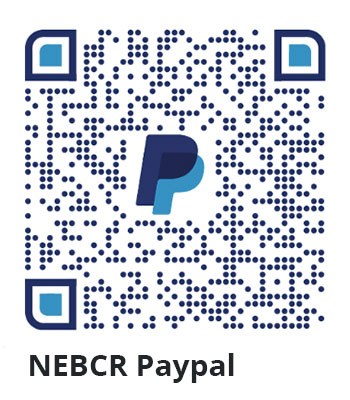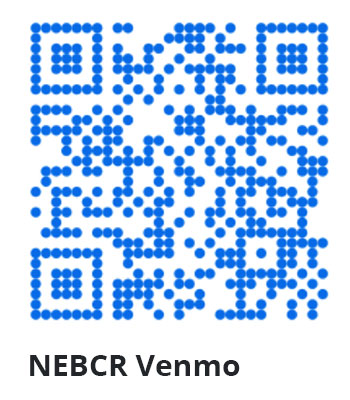What can we do to make returning to work easier on our dogs?

While social distancing from the world we have been spending our time with our dogs. There’s no doubt they have been loving all the extra attention. As we return to work and schools open up again, it’s finally back to business as usual for us. But we can’t expect the dogs to understand.
We should start NOW to prepare our dogs for the new routine of spending their days alone to lessen the chance of separation anxiety. We need to set them up for success as they become accustomed to what real life will be like moving forward. Please keep in mind: if you have purchased or adopted a new dog/puppy during the pandemic, they know no other life than their life with you being home. These dogs have no old routine to fall back on and will need extra preparation and patience.
Let’s get started.
Start by leaving the house more frequently extending the length of time away over time. This will help the dog to realize you always come back.
Return to any rituals you may have established before leaving for work (a treat, grabbing the keys and purse).
As close as possible start to mirror the time you would get up, feed the dog, walk or potty the dog as if you were actually back to work
If your dog will be spending time in a crate or behind a gate while you work begin this routine with nap time in a crate or gated room. This puts a little distance between the two of you.
Recognize signs of stress.
- Whining, whimpering
- Pacing, panting
- Barking, spins
- Jumping on the closed door
- Destructive behavior
- Lying close, acting depressed
- Running from window to window as you drive away
Stress relievers.
- Be proactive if you have a dog with a history of anxiety
- Exercise, at the top of the list. Overly energetic dogs especially need this before you go off to work
- Chew toy or antler ( beware of potential choking hazard or digestive obstruction)
- Interactive toys or puzzles, stuffed kongs
- Hide a few bite sized treats around the house/gated off room
- Leave a radio on low volume
- Consider asking a friend or neighbor to check in on them for the first week halfway through their day
- Investigate the possibility of taking your dog to work. (Example: Taking them just one day on Wed. they only spend 2 days in a row home alone instead of 5)
Despite your best efforts you may need added assistance.
- Long term you may consider a dog walker to come in once or twice a day for a potty break and added exercise
- Consider doggy daycare, 1-5 days a week
- Call in the experts for counter conditioning: a behaviorist or certified trainer can give you both confidence in dealing with the issue
- Having run through the above you may want to turn to a veterinary behaviorist for prescription medication for anxiety
At the end of the day.
By far the first week will be the toughest but as you both settle into the new routine you will become more comfortable with the changes. Make the most of your time together each day. Help your dog release the pent up energy of the day. Play in the backyard, take to the streets in your neighborhood, explore the local park; new sights, smells and sounds provide mental stimulation and a mentally engaged mind is content and ready for an evening of snuggles.



